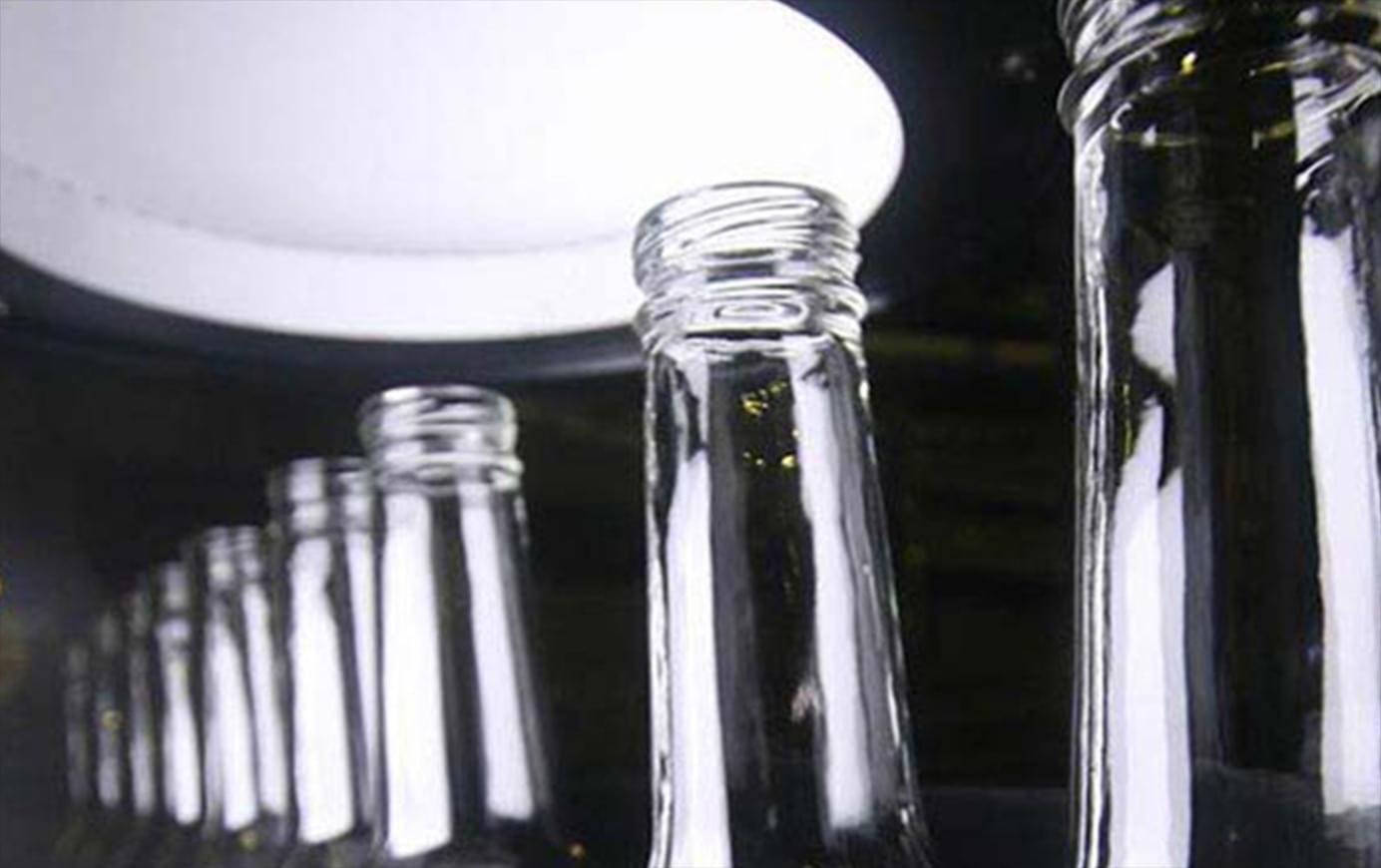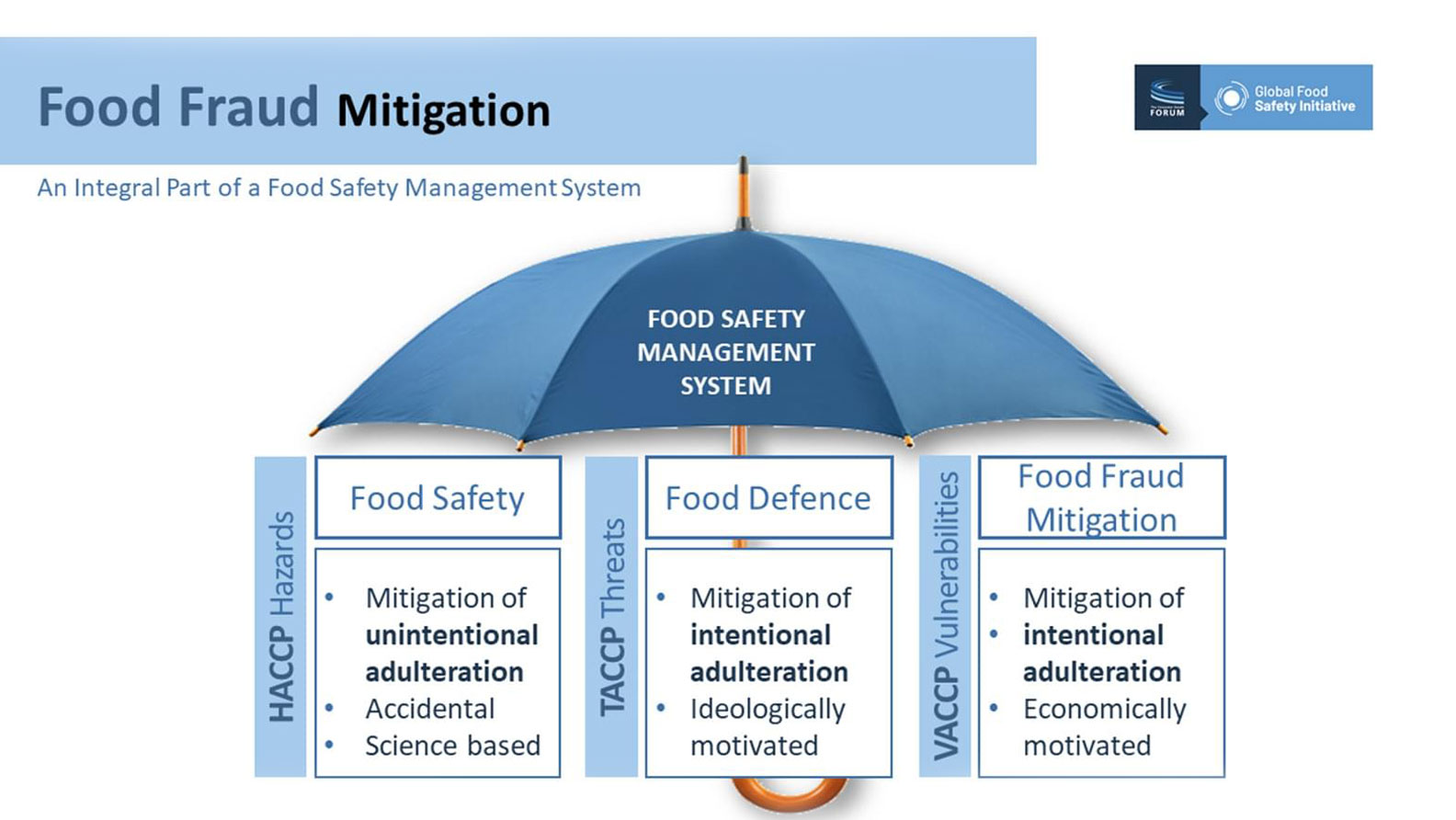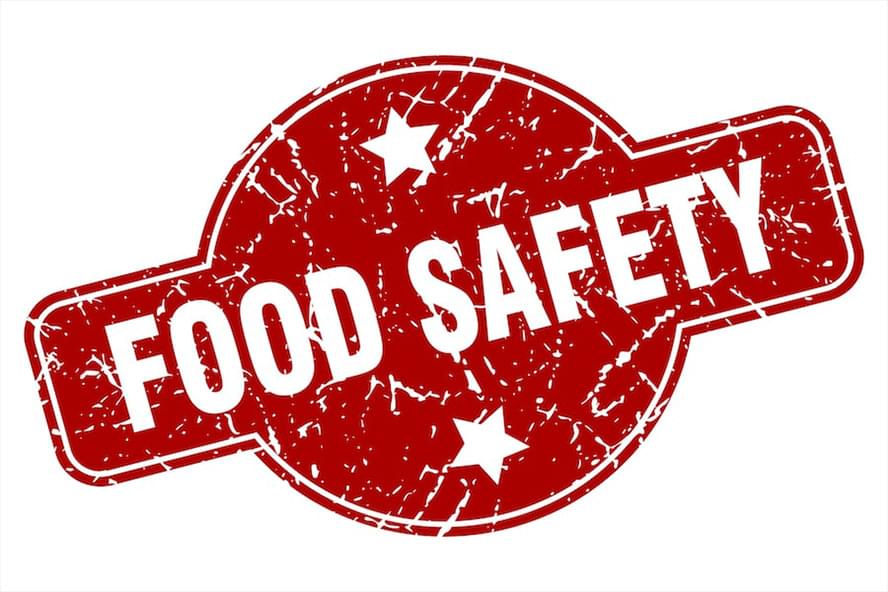Sep 30, 2020 by Mark Dingley
How safe is our food? That’s the question consumers were asking in the early phases of the COVID-19 pandemic.

Consumers were worried about how food or food packaging could be a source of the virus or transmit the virus through the community. This wasn’t helped by health professionals who were giving erroneous advice on the need to use detergents and sanitisers to wash fresh produce.
Things have changed a lot since then. Guidelines have been made clearer to consumers and health authorities have stressed that the risk of virus transmission by food and food packaging is extremely small.
The World Health Organisation (WHO) said:
“It is highly unlikely that people can contract COVID-19 from food or food packaging. COVID-19 is a respiratory illness and the primary transmission route is through person-to- person contact and through direct contact with respiratory droplets generated when an infected person coughs or sneezes.
“There is no evidence to date of viruses that cause respiratory illnesses to be transmitted via food or food packaging. Coronaviruses cannot multiply in food; they need an animal or human host to multiply.”
And locally, the Food Standards Australia New Zealand (FSANZ) said:
“There’s no evidence COVID-19 can be contracted through food or food packaging. This aligns with current advice from the World Health Organization (WHO), other international health and food safety authorities, and both Australian and New Zealand Governments.”
Even with traces of COVID-19 detected in China on imported frozen chicken wings (from Brazil) and on food packaging from imported seafood (from Ecuador), there are no known cases of anyone contracting COVID-19 from food or food packaging.
But that doesn’t mean there are no implications for food safety programs.
Authorities have warned that the threat of food fraud is higher due to disrupted supply chains. Globally, in the first half months of 2020, food fraud events increased by 61% compared to the second half of 2019.
Between hygiene standards and food fraud threats, what does all this mean for your food safety programs?
Let’s take a look:
As part of the worldwide food safety standards, including GFSI and BRC, companies need to develop HACCP, TACCP or VACCP Food Safety Plans in order to achieve full compliance.
Each of these programs focuses on a different aspect of food safety:

Each program works towards the same goal: To help businesses identify potential areas in their supply chain where food risks and fraud can occur, and ways to prevent, eliminate, or reduce the likelihood of this occurring.
HACCP is a systematic approach to food safety designed to prevent or minimise the risk of unintentional contamination of food. It is required by most food businesses as outlined in Standard 3.2.1 of the Food Standards Code. You need a HACCP food plan if you supply to major retailers, including Coles.
VACCP identifies vulnerabilities for food businesses around food fraud, such as counterfeiting, adulteration, smuggling, stolen goods, dilution and mislabelling. The plan covers how to identify and control these vulnerabilities by thinking like criminals.
TACCP focuses on threats performed for ideological reasons, rather than economic reasons. We’re talking about threats like intentional contamination of food products, sabotage of the supply chain, or even the use of food or drink for terrorism or criminal intent.
VACCP and TACCP standards are not (yet) a legal requirement in Australia, but some major retailers, including Coles, make it mandatory for businesses to have a VACCP and TACCP Food Safety Plan in place before their products make it to supermarket shelves.

The key piece of advice is to continue to follow your existing food safety and hygiene processes as laid out in your HACCP.
Your obligation is to keep employees COVID safe to curb the potential spread of COVID-19 within work teams, while also ensuring your food is safe for consumers.
Any Food Safety Management System (FSMS) based on the Hazard Analysis and Critical Control Point (HACCP) principles is underpinned by good hygiene practices, cleaning and sanitation, zoning of processing areas, supplier control, storage, distribution and transport, and personnel hygiene.
These are all the basic conditions and activities necessary to maintain a hygienic food processing environment, and they are also the actions that will help prevent COVID-19 from spreading in the workplace, along with social distancing in food production, packaging, and processing environments.
Make sure that any risk assessment for your business addresses the risks of COVID-19, and consider how this impacts on existing food safety management systems.
You may need to review procedures to account for any changes you have implemented as a result of the pandemic, and identify where additional thorough cleaning is needed.
Consider the need for additional verification of your existing controls, or validation of any new controls you have introduced. And document any changes you make to your HACCP and inform your local food authority.
Authorities have warned there could be a rise in food fraud due to the coronavirus pandemic. Food Standards Scotland (FSS) called for businesses and consumers to be vigilant against the risk of potential food crime activity in their supply chains after cases of food fraud was reported.
The Food Authenticity Network Advisory Board believes that a rise in food fraud is likely due to the disruption to global supply chains caused by COVID-19 and the diminished level of surveillance.
WHO and the Food and Agriculture Organization of the United Nations stated that in the rush to identify new suppliers because of short supply or unavailability, businesses may have focussed less attention on supply chain integrity, which opens the door for food fraud.
The answer?
If you haven’t already, now is a good time to introduce risk-based vulnerability assessment systems (VACCP) to mitigate against food fraud.
Map your supply chain and look out for any vulnerabilities where corners could be cut, or where systems and processes are under more pressure because of the pandemic.
Increased traceability is a good barrier against food fraud. The better you you’re your suppliers and where ingredients come from, the better you can protect your brand and consumers from food fraud.
One effective solution to help combat food fraud that can be included in a VACCP or TACCP plan is serialisation.
By marking an indelible, unique code on your product, it’s showing retailers and other suppliers that you are taking proactive measures to meet the standards and make it harder for people to counterfeit and tamper with your product.
For the latest news on COVID-19 go to the Australian Government Department of Health website.
FSANZ provides a library of up-to-date information and resources around COVID-19 on its website.